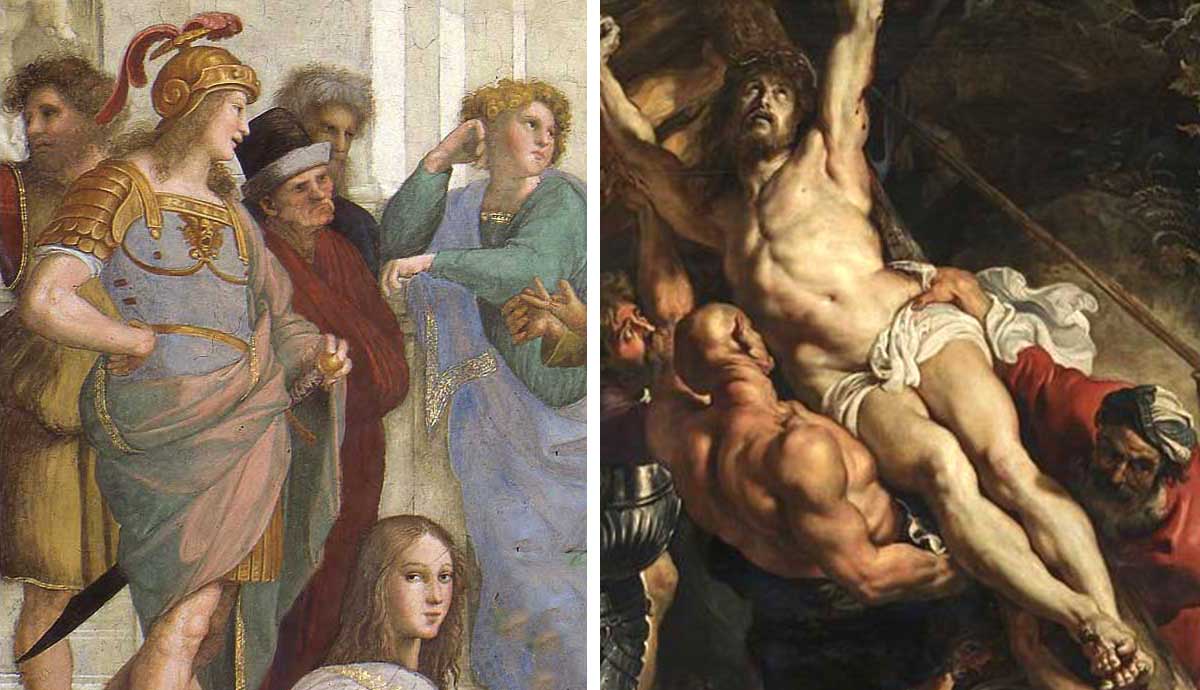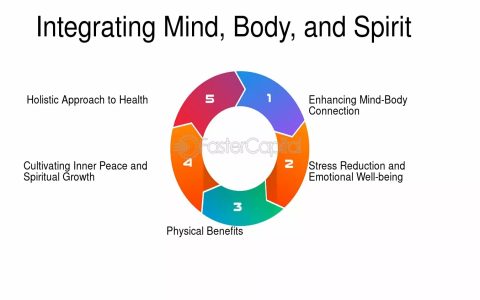Alright, let's talk about something that used to trip me up all the time: telling the difference between Baroque and Renaissance art. For years, I'd nod along in museums or when people talked about it, but honestly? A lot of those old paintings and sculptures just kinda looked... old. You know? Lots of religious scenes, important-looking people. It was a bit of a blur.
So, I finally decided I was going to get a grip on this. Not by reading some super dry art history book, mind you. My brain just doesn't work that way. Instead, I just started pulling up images, lots of them. I’d have a few Renaissance pieces on one side of my screen and a few Baroque ones on the other, and I’d just stare at them, trying to see what jumped out.
How I Started Spotting the Vibe
The first thing that started to click with the Renaissance stuff was how… calm and orderly it all seemed. Like, everything was perfectly balanced. If you drew a line down the middle, chances are both sides would be pretty symmetrical. The people in the paintings? They often looked serene, thoughtful, almost like they were posing for a really important, very still portrait. Think Leonardo da Vinci's "Mona Lisa" or Raphael's "School of Athens." Everything feels very harmonious, very composed. It’s like they were aiming for this ideal beauty, super clear and rational.

Then I'd switch over to the Baroque images, and bam! It was like a totally different world. Everything felt so much more dramatic, emotional, and full of movement. If Renaissance was a calm, sunny afternoon, Baroque was a thunderstorm. Things were swirling, figures were twisting, and there was a real sense of energy. It wasn't about quiet contemplation; it was about making you feel something big, something powerful.
My Key Clues for Telling Them Apart
After a while of this back-and-forth, I started to develop a little mental checklist. Here’s what I look for now:
- The Drama Factor: This is a big one. Renaissance art is generally more reserved. Baroque art, on the other hand, loves drama. Think intense expressions, dynamic poses, and a feeling that something major is happening or about to happen. Caravaggio's paintings are a great example of this – so much intensity!
- Light and Shadow (Chiaroscuro, they call it): Renaissance paintings usually have pretty clear, even lighting. You can see everything pretty well. Baroque artists, though, they went wild with light and shadow. They’d use really dark darks and really bright highlights right next to each other. This creates a ton of drama and makes things look super three-dimensional. It’s like a spotlight on the main event.
- Movement: Renaissance figures often look quite static, even if they’re meant to be in motion. It’s a very poised kind of movement. Baroque art is all about capturing movement, often at its most dynamic point. Clothes are swirling, bodies are twisting, hair is flying. Bernini's sculptures are insane for this – marble looks like it's flowing.
- Emotion on Display: In Renaissance art, faces are often calm, serene, or showing a sort of dignified emotion. In Baroque art, the emotions are cranked up to eleven. You see agony, ecstasy, fear, surprise – it's all out there. The figures are really experiencing something.
- Ornamentation and Detail: While Renaissance art valued clarity and harmony, Baroque often went for grandeur and complexity. You'll see more elaborate details, richer textures, and a general sense of opulence, especially in architecture and decorative arts. Lots of gold, lots of curves, very lavish.
Now, it’s not always super cut-and-dried. Art styles evolve, and there are always artists who kind of bridge the gap or do their own thing. But these general pointers have really helped me feel more confident when I'm looking at art from these periods.
It’s funny, once I started to see these differences, I couldn't unsee them. It’s like a switch flipped. Going to a gallery is way more interesting now because I’m not just seeing "old art"; I’m actively looking for these clues, figuring out the story the artist was trying to tell with their style. It took a bit of just sitting down and looking, but yeah, totally worth it.












